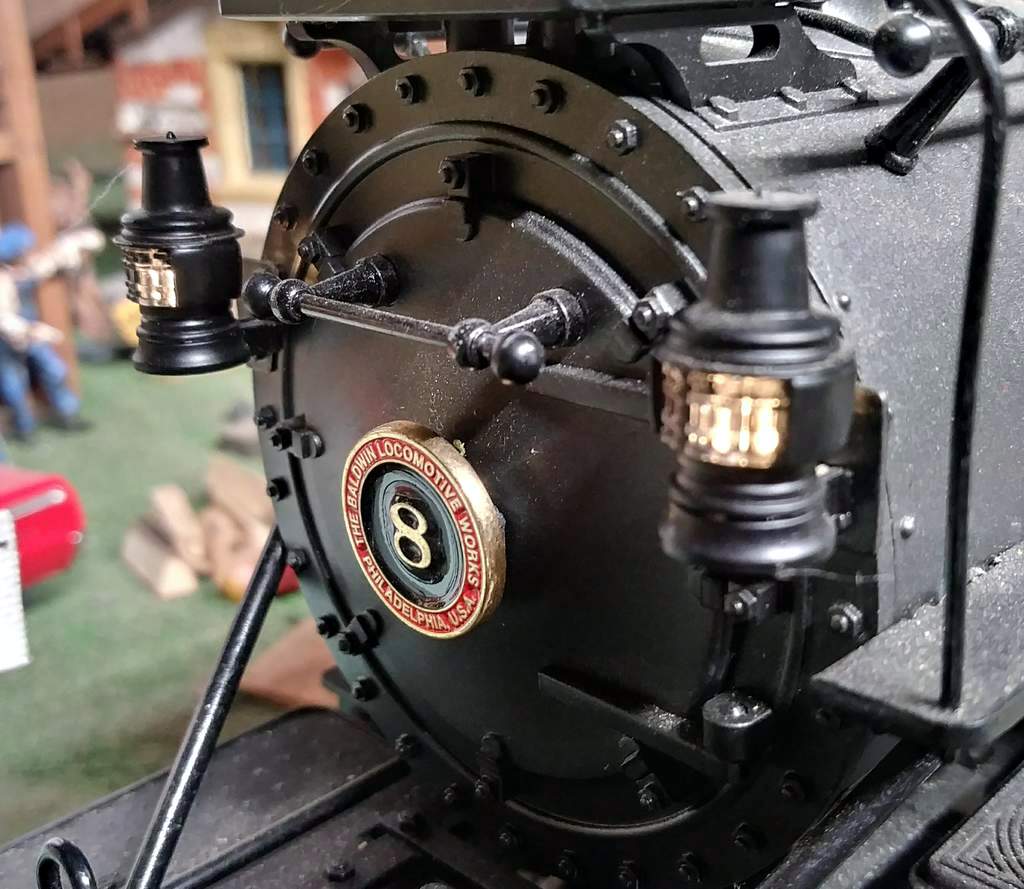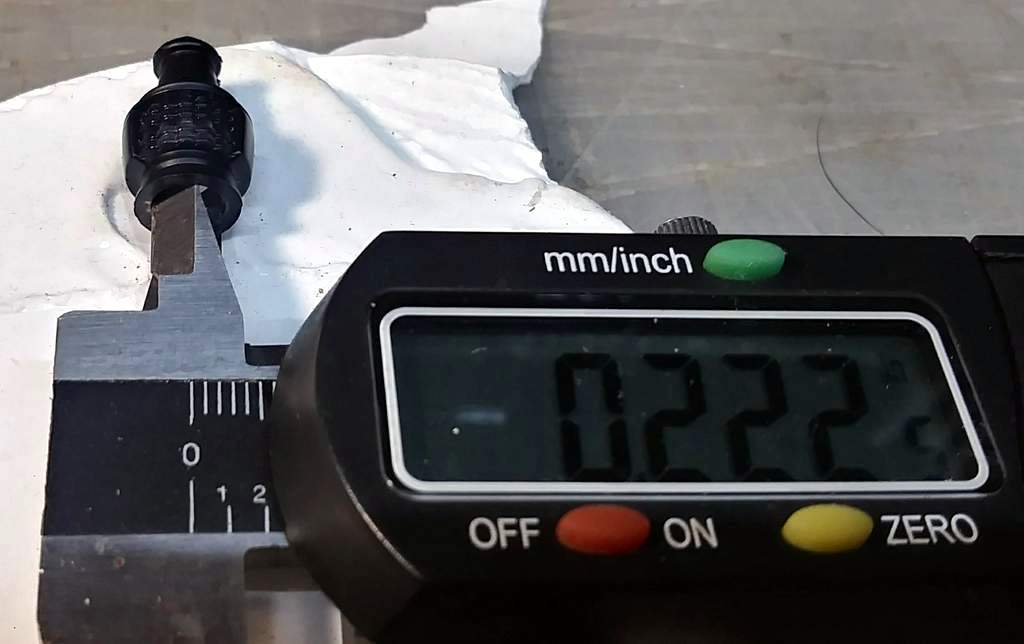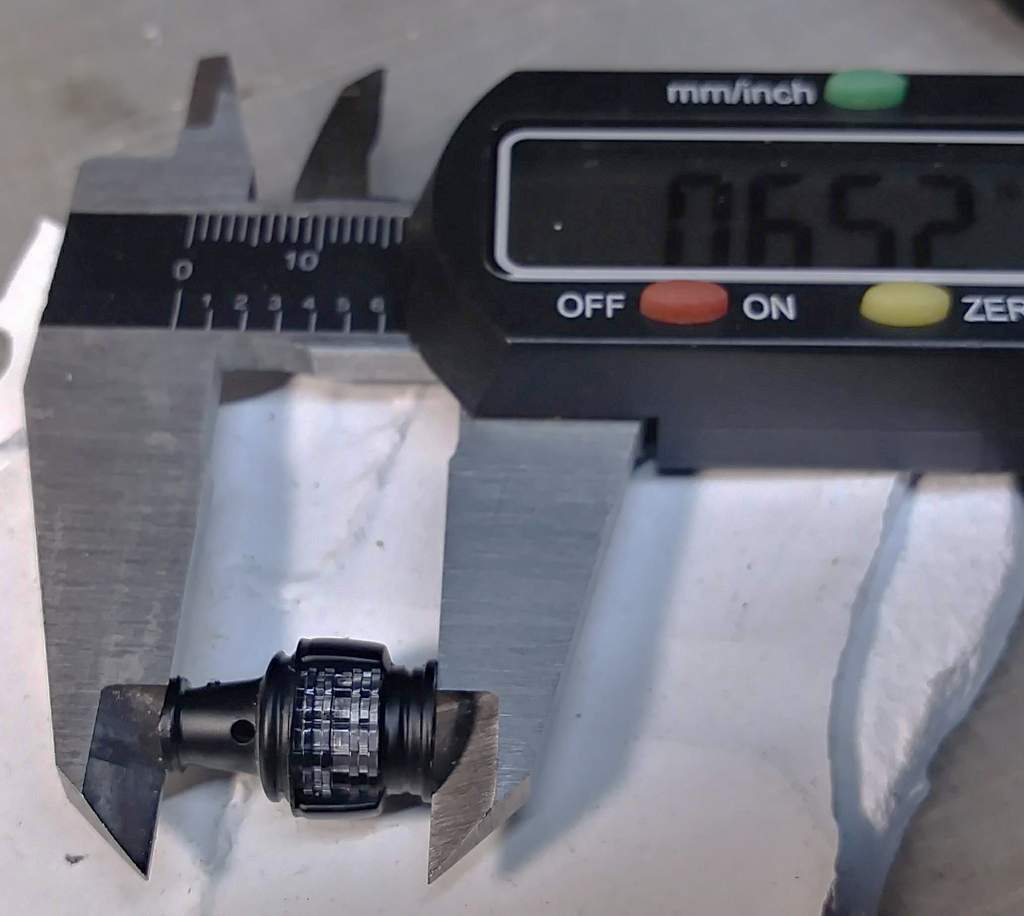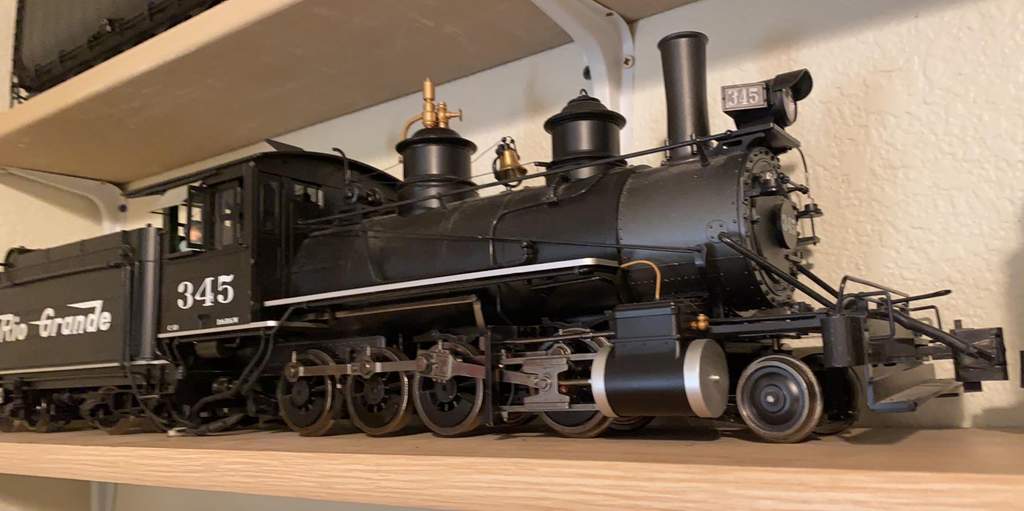In case anyone is at all interested; no-matter which classification lights are used, they should have only one colour of lens, depending on the train the locomotive is heading up, and would only be lighted at night.
The saying is, “Flags by day, and lights at night”. Of course I’m speaking of “General operating rules” practiced by most railroads…but there are always exceptions…that some well meaning reader will take me to task for.
Green lenses/flags indicated a following section(s) of a train, and white indicated an extra train, not on the regular time table.
Seldom did most class lights include red lenses, which would only be used if the locomotive was running in reverse, at the tail end of a train, and then the lights would be acting as “Marker lights”. Usually if marker lights were required (Red lights/lenses) they would just hang a pair of marker lights on the pilot, or red flags by day.
Locomotives on regular trains, on the time table would not have flags showing, or class lights lighted, unless there was a section(s) following.
Model manufacturers usually put red and green lenses on their locomotives and wire them with the headlights, just to attract attention for their purchasers, who in all likelihood haven’t any idea what those “Classification lights” were for…and usually call them marker lights…
Like I said…most don’t care…I am only posting this information, for anyone wanting, or attempting to properly model prototype practices, and as long as you are happy…it is your locomotive…do whatever you care to…
Modern operating rules have changed drastically. Few new locomotives even have class lights, and marker lights have been replaced by flashing lights on rear end monitors. Some/most new locomotives may have red lenses somewhere, just in case they are running/pushing on the tail end in control of the locomotive on the head end. You just might see the odd switching crew out on the main line, with a red flag jammed into the rear coupler of the last car of the train…for a very short distance move.
If any operating people, working for a real railroad are reading this…please feel free to correct any mistakes.
Fred Mills






